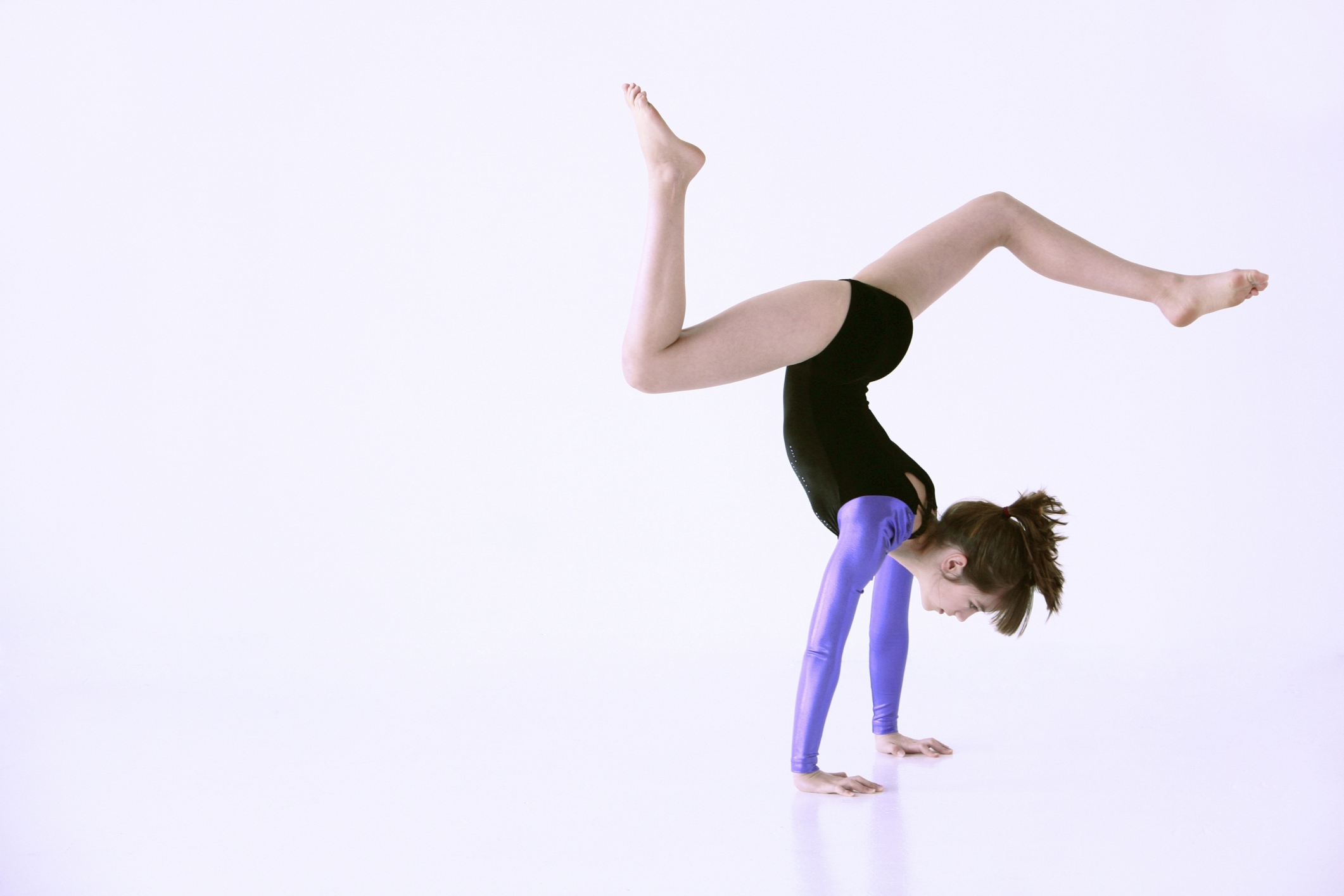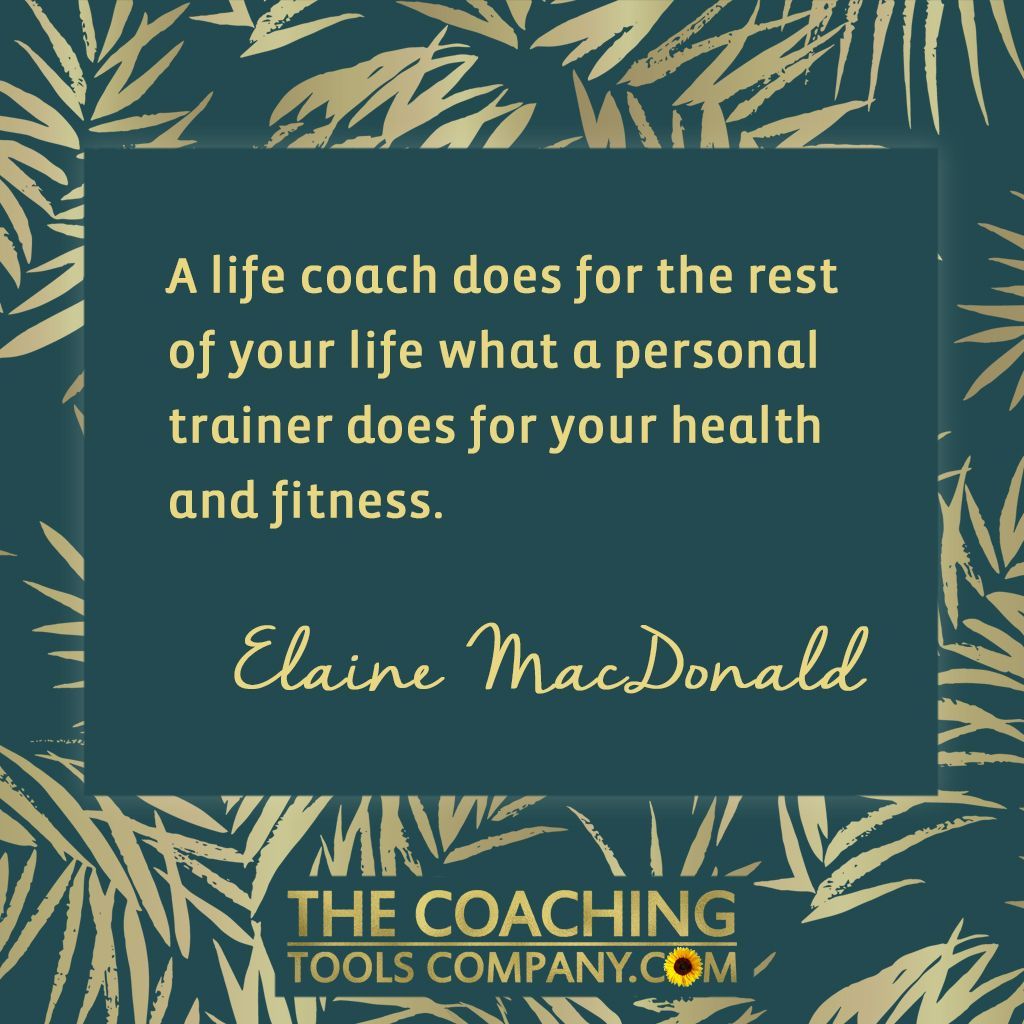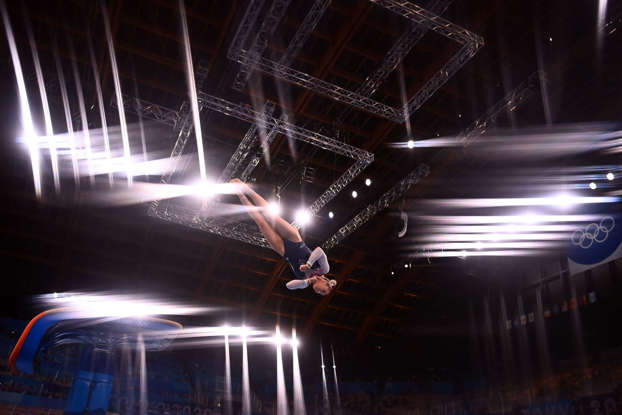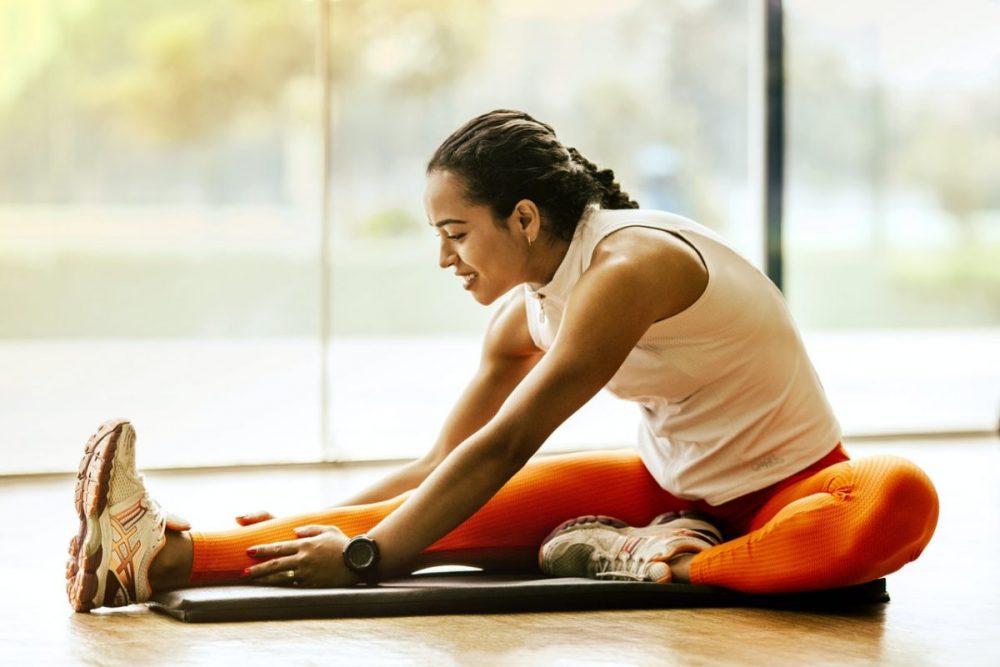10 Easy Gymnastics Moves for Beginners to Master Fast

Introduction
Embarking on a gymnastics journey can be both exhilarating and intimidating, especially for beginners. The sport demands strength, flexibility, agility, and precision, but with the right approach, anyone can start building a solid foundation. This guide focuses on 10 easy gymnastics moves for beginners that are not only accessible but also essential for mastering more advanced skills. Whether you’re training at a gym or practicing at home, these moves will help you develop the core skills needed to progress in gymnastics.
Expert Insight: "Beginners should focus on mastering foundational moves to build strength, flexibility, and body awareness. These skills are the building blocks for more complex routines." – Sarah Thompson, Certified Gymnastics Coach
1. Forward Roll
The forward roll is a fundamental gymnastics move that teaches body control and spatial awareness. It’s a great starting point for beginners.
Steps to Master the Forward Roll:
- Stand with your feet shoulder-width apart.
- Bend your knees slightly and place your hands on the floor in front of you.
- Tuck your chin to your chest and roll forward, leading with your shoulders.
- Allow your body to follow in a smooth, controlled motion.
- Finish in a seated position with your legs extended.
Key Takeaway: Focus on keeping your body tight and your movements fluid to avoid straining your neck or back.
2. Handstand Against the Wall
The handstand is a foundational skill for gymnastics, and practicing against a wall is a safe way for beginners to build confidence.
Steps to Master the Handstand Against the Wall:
- Stand facing the wall, about 6 inches away.
- Place your hands on the floor, shoulder-width apart, fingers spread wide.
- Kick one leg up toward the wall, followed by the other, keeping your body straight.
- Press firmly into your hands and engage your core to maintain balance.
- Hold the position for 5–10 seconds, then carefully walk your feet down.
Pros and Cons:
- Pros: Builds upper body strength and balance.
- Cons: Requires wrist flexibility and core stability, which may take time to develop.
3. Cartwheel
The cartwheel is a classic gymnastics move that combines balance, coordination, and grace.
Steps to Master the Cartwheel:
- Stand with your feet shoulder-width apart.
- Raise your arms to shoulder height, palms facing forward.
- Step forward with one foot and place your hand on the floor, followed by the other hand.
- Lift your legs one at a time, keeping them straight and together.
- Finish with your arms extended and your body in a straight line.
Key Takeaway: Practice in front of a mirror to ensure proper form and symmetry.
4. Bridge
The bridge is an excellent move for developing back flexibility and core strength.
Steps to Master the Bridge:
- Lie on your back with your knees bent and feet flat on the floor.
- Place your hands by your ears, palms facing down.
- Press into your hands and feet to lift your hips toward the ceiling.
- Keep your core engaged and your neck relaxed.
- Hold the position for 5–10 seconds, then lower back down.
Expert Insight: "The bridge is a great way to improve spinal flexibility, which is crucial for advanced gymnastics moves like backbends and walkovers." – Mark Johnson, Gymnastics Trainer
5. Pike Stretch
The pike stretch is essential for improving hamstring and lower back flexibility, which is vital for moves like splits and leaps.
Steps to Master the Pike Stretch:
- Sit on the floor with your legs extended straight in front of you.
- Flex your feet and keep your knees straight.
- Reach forward toward your toes, keeping your back straight.
- Hold the stretch for 20–30 seconds, breathing deeply.
Key Takeaway: Consistency is key—practice daily to see significant improvements in flexibility.
6. Jump to Handstand (Against the Wall)
This move combines jumping and balancing skills, preparing beginners for more advanced handstand variations.
Steps to Master the Jump to Handstand:
- Stand facing the wall, about 12 inches away.
- Place your hands on the floor, shoulder-width apart.
- Jump and kick your legs up toward the wall, landing in a handstand position.
- Use the wall for support and hold the handstand for 5–10 seconds.
- Carefully walk your feet down to return to the starting position.
7. Round-Off
The round-off is a dynamic move that teaches proper body rotation and momentum, essential for flips and tumbling passes.
Steps to Master the Round-Off:
- Start in a lunge position with one foot forward.
- Swing your arms back and push off your front leg.
- Rotate your body in a circular motion, keeping your back straight.
- Land on both feet with your knees slightly bent.
Pros and Cons:
- Pros: Builds momentum and coordination for advanced tumbling.
- Cons: Requires practice to master the timing and rotation.
8. Splits (Front and Side)
Mastering the splits is crucial for improving flexibility and executing moves like leaps and jumps with precision.
Steps to Master the Splits:
- For front splits: Sit with one leg extended forward and the other extended back. Slide your legs apart, keeping your knees straight.
- For side splits: Stand with your legs as far apart as possible. Bend forward at the hips, reaching toward the floor.
- Hold each split for 20–30 seconds, breathing deeply.
Key Takeaway: Warm up thoroughly before attempting splits to avoid injury.
9. Backbend
The backbend is a foundational move for developing spinal flexibility and preparing for skills like back handsprings.
Steps to Master the Backbend:
- Stand with your feet shoulder-width apart.
- Place your hands on your lower back, elbows pointing outward.
- Slowly arch backward, keeping your core engaged.
- Hold the position briefly, then return to standing.
Expert Insight: "Backbends require both flexibility and strength. Start with small arches and gradually increase your range of motion." – Emily Carter, Gymnastics Instructor
10. Leap (Basic Side Leap)
The side leap is a fundamental jump that teaches proper takeoff and landing techniques.
Steps to Master the Side Leap:
- Stand with your feet together.
- Swing your arms back and leap to the side, extending one leg forward and the other back.
- Land on both feet with your knees slightly bent.
- Practice alternating sides for balance.
Key Takeaway: Focus on maintaining a straight body position during the leap for proper form.
How often should beginners practice gymnastics moves?
+Beginners should aim to practice 3–4 times per week, focusing on consistency and proper form. Over time, increase frequency and intensity as strength and flexibility improve.
Can I practice gymnastics at home without equipment?
+Yes, many beginner moves like forward rolls, bridges, and stretches can be practiced at home with minimal space. However, for moves like handstands and cartwheels, a clear, padded area is recommended.
How long does it take to master these moves?
+The time varies depending on individual dedication and natural ability. With consistent practice, most beginners can master these moves within 3–6 months.
What should I do if I feel pain while practicing?
+Stop immediately and assess the pain. Minor discomfort is normal, but sharp or persistent pain indicates improper form or overexertion. Consult a coach or physical therapist if needed.
Conclusion
Mastering these 10 easy gymnastics moves for beginners is the first step toward becoming a skilled gymnast. Each move not only builds essential skills but also boosts confidence and body awareness. Remember, progress takes time and patience, so celebrate small victories along the way. Whether you’re practicing at home or in a gym, consistency and proper form are key. With dedication and the right approach, you’ll soon be ready to tackle more advanced gymnastics challenges. Happy training!



